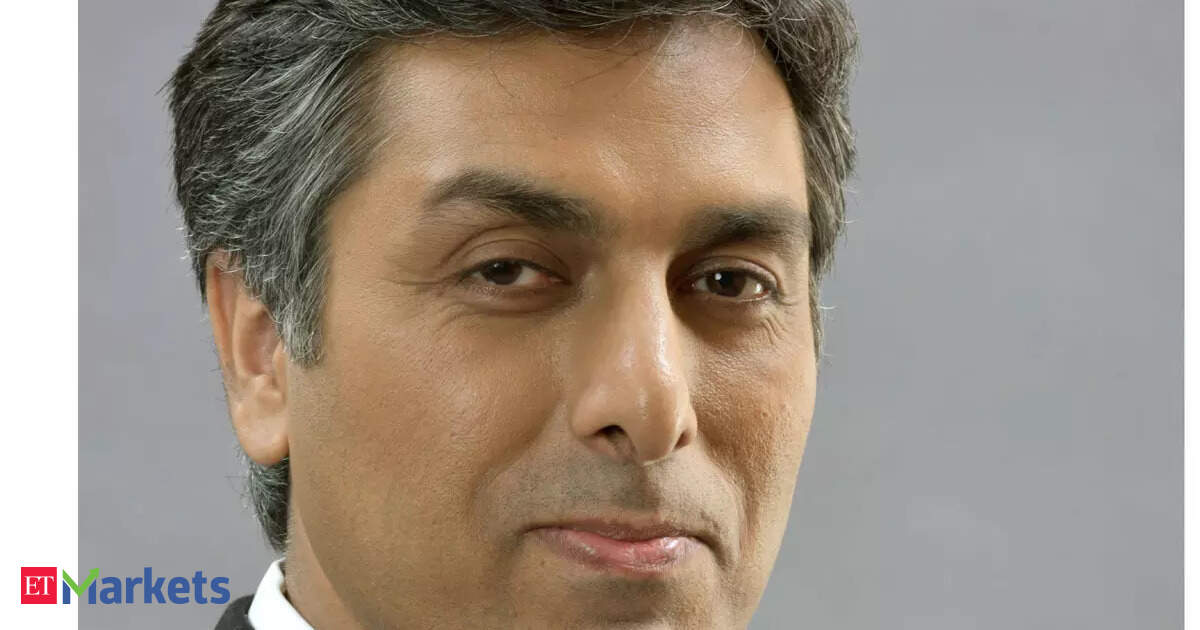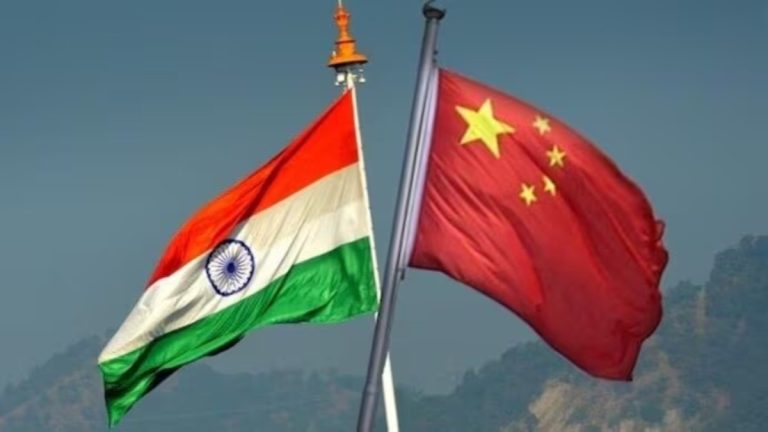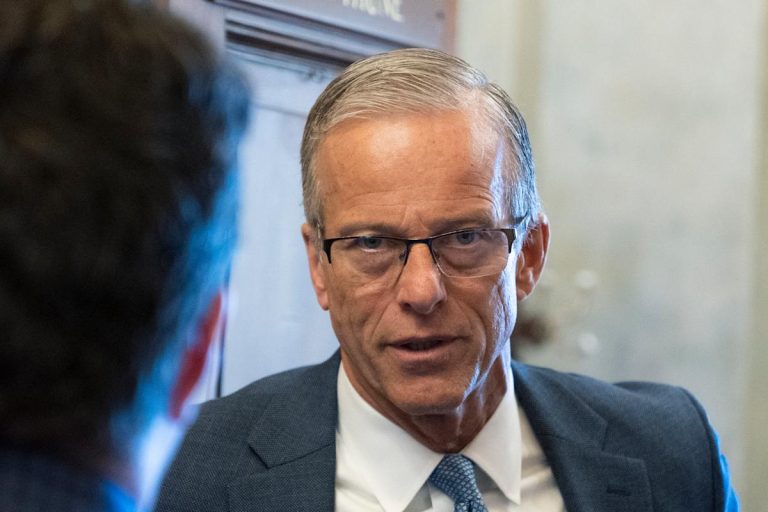Do you also think that it is going to be Reliance and more of financials to take us to the next leap and perhaps an all-time high given that at an index level we are only about 2% away from that mark.
Anshul Saigal: Yes, I mean, it is important to give a little bit of a context on banks in particular and these opportunities play out in waves. So, if you go back to the year 2012-13, we were at the cusp of a cycle where corporate banks were starting to face trouble because NPAs were starting to rise and that situation carried on till about 2018 and 2019 and we saw what happened in corporate banks.
A bank like an ICICI Bank traded at 0.7, 0.8 times book. PSU banks many of them traded at 0.2, 0.3 times book and it is at that time that the NPAs cycle peaked off and as a result profitability bottomed. And when that cycle reversed, the wave also reversed in favour of the banking sector, particularly the corporate banking sector. And we saw what happened, many of the PSU banks went up 6-7 times, 8 times as a result of that.
Of course, in the last one-and-a-half years, there has been a consolidation here. And in the private sector banks, there has been a consolidation over the last three-four years, which is now starting to break out, particularly the retail oriented private sector banks. What we witness now is a situation where NBFCs in particular had been kind of tempered because of action at the regulatory front.
And if you look at the slew of news items and also regulator sort of initiatives, we are quite clear that the regulator wants to start the NBFC breakout in a sense and they want to really see NBFCs go out. We anticipate that the next wave will be in NBFCs and as your previous speaker rightly mentioned, housing finance, NBFCs, general lenders, all of those should be quite strong as we move ahead in this sort of wave.
We have seen that the market has truly recognised the theme of manufacturing ever since the government did begin talking about an Atmanirbhar Bharat. Within manufacturing from an investment perspective, where is it that you still scout for opportunities?
Anshul Saigal: In manufacturing, we have seen a dearth of capacity creation over the last say the previous decade, that is, between 2010 to 2020, there is a lot of catch up to happen. Also, there is that China plus one theme which is likely to play out going forward, as a result the world is going to move its manufacturing to India in great measure. Take both these things together, exporters out of India of manufactured goods as also within the country whether it is electronics, it is chemicals, it is even capital goods which will be a play on manufacturing, all of these segments in the market will see significant tailwinds.
Just to give you an anecdote. I was speaking to a manpower management company recently and they mentioned to me that about a year back the total manpower capacity that they had for manufacturing was about 5,000, that number has gone up to 75,000 today and in the next two years they anticipate that number will go to one million, so that is the kind of tailwind that manufacturing is witnessing already and it is likely to witness as we move ahead. This is the sunrise sector of the future. This is what it was in the 2000s and tremendous amounts of wealth will be created in this sector.








